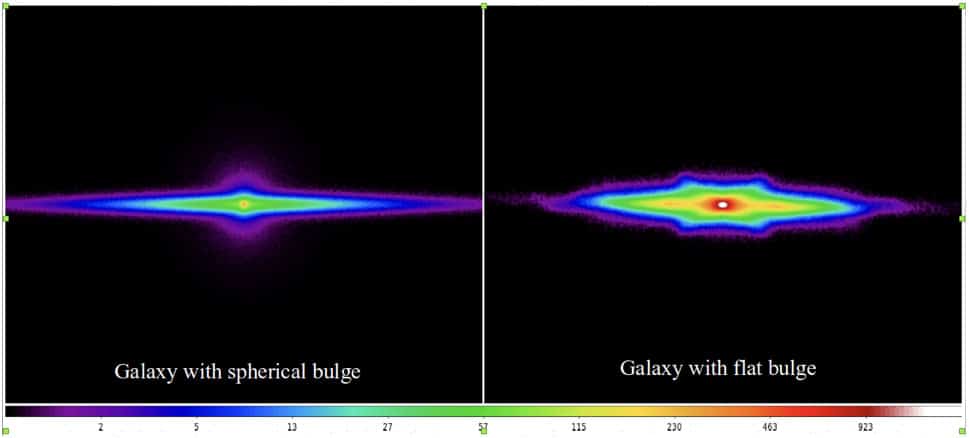In the crowded environment of the universe, galaxies can fly past each other. Sometimes, they can collide and merge. When such phenomena occur, it affects the dynamics and morphology of these galaxies.
Galaxy fly-bys are different than galaxy mergers. During this, galaxies come close and exert a tremendous gravitational pull on each other and then go away on their paths.
However, galaxy merger has been studied in detail, but limited work has been done on fly-bys so far.
A recent study that shed light on this phenomenon reveals that galaxy flybys can change the structure of galaxies. When smaller galaxies make flyby to a larger galaxy, it could trigger the formation of spiral arms in the larger galaxy, thereby changing its structure. However, these arms fade away with time.
The study done by the Indian astronomers highlights the role of galaxy flybys in shaping the evolution of these galaxies.
Using advanced computer simulations, astronomers investigated the gravitational influence of each of the galaxies on the motion of the stars of the other. They generated a disk galaxy like the Milky Way and simulated fly-bys of smaller galaxies while varying a range of parameters, like a mass of the smaller galaxy, the closest distance they approach, the kind of bulge in the larger galaxy, and so on.
They found that when the smaller galaxy passes by the massive galaxy, it triggers the formation of spiral arms in the disk of the latter.

Ankit Kumar, a Ph.D. student at the Indian Institute of Astrophysics, an autonomous institute of the Department of Science & Technology, Govt. of India, said, “We used the powerful supercomputers at IIA to follow the motion of individual stars of a fly-by event by generating realistic mock galaxies and evolving them in time.”
“Closing the distance between the two galaxies in the fly-by, stronger was the spiral arms that were formed. A large fraction of stars go into the formation of these spiral arms, and as a result, the disk of the galaxy becomes smaller and thicker.”
“As soon as the smaller galaxy leaves the strong gravitational pull of the massive galaxy, the strength of spiral arms starts decreasing, and they weaken. These results signify the importance of satellite galaxies in producing long-lasting spiral arms in the galaxies around which they revolve.”
Authors noted, “The long-term dynamical evolution of large galaxies can be strongly influenced by multiple fly-bys of smaller galaxies over its lifetime.”
Prof. Mousumi Das of IIA said, “We saw that the spherical bulges of stars inside the larger galaxies are very stable against flyby interactions because of their dense nature. However, they found that a class of disk galaxies that have ‘flat bulges’ are indeed affected by close flybys.”
Journal Reference:
- Ankit Kumar, Mousumi Das, Sandeep Kataria. Galaxy flybys: evolution of the bulge, disc, and spiral arms. DOI: 10.1093/mnras/stab1742
